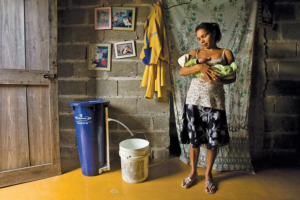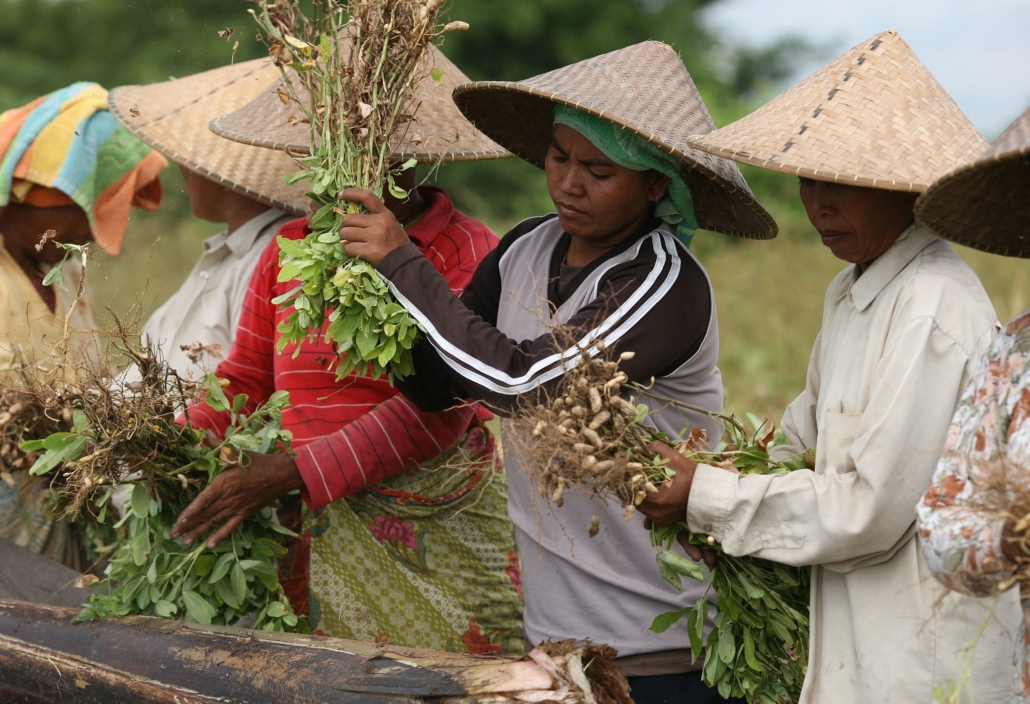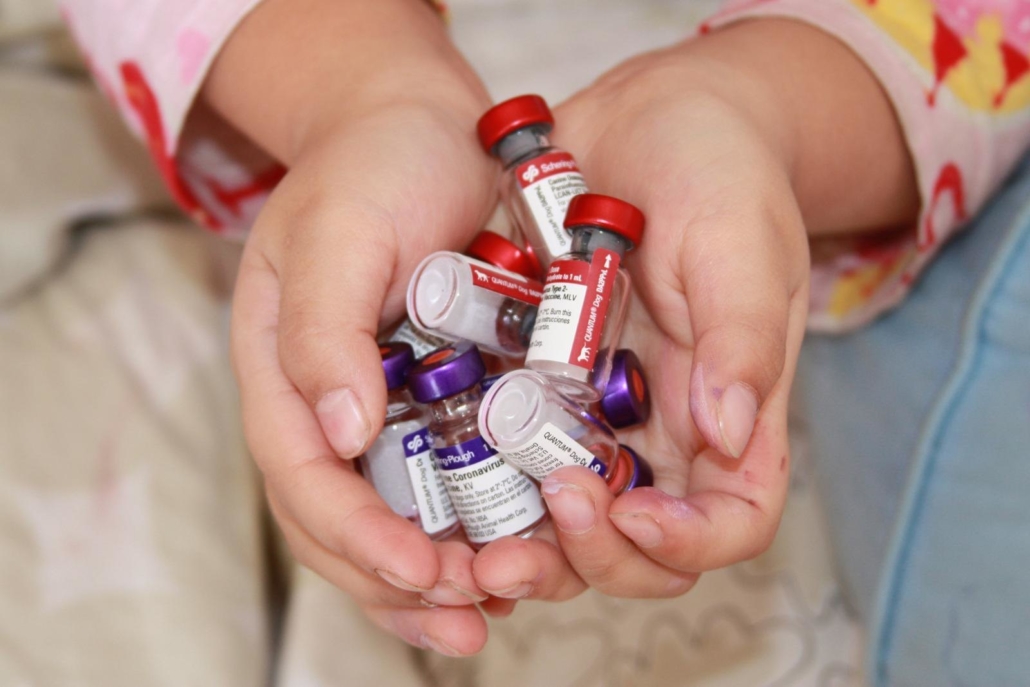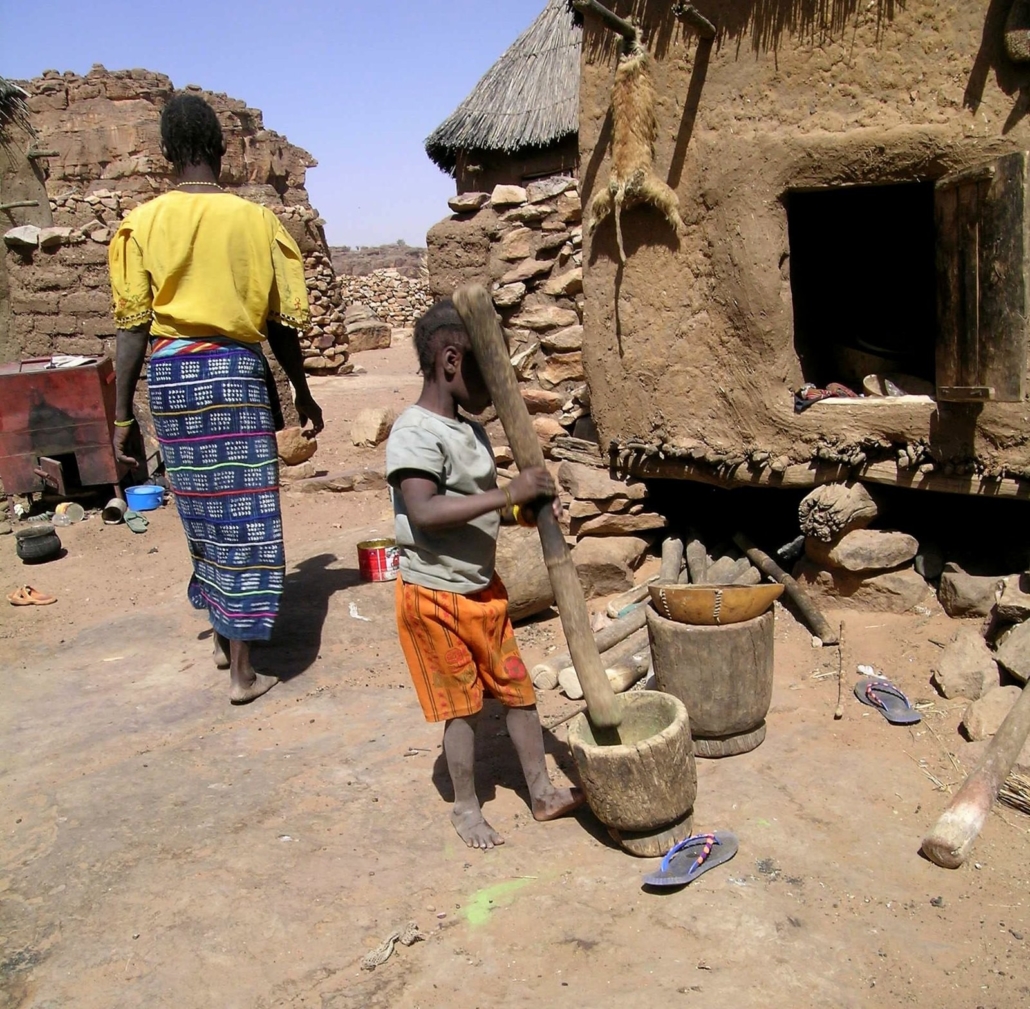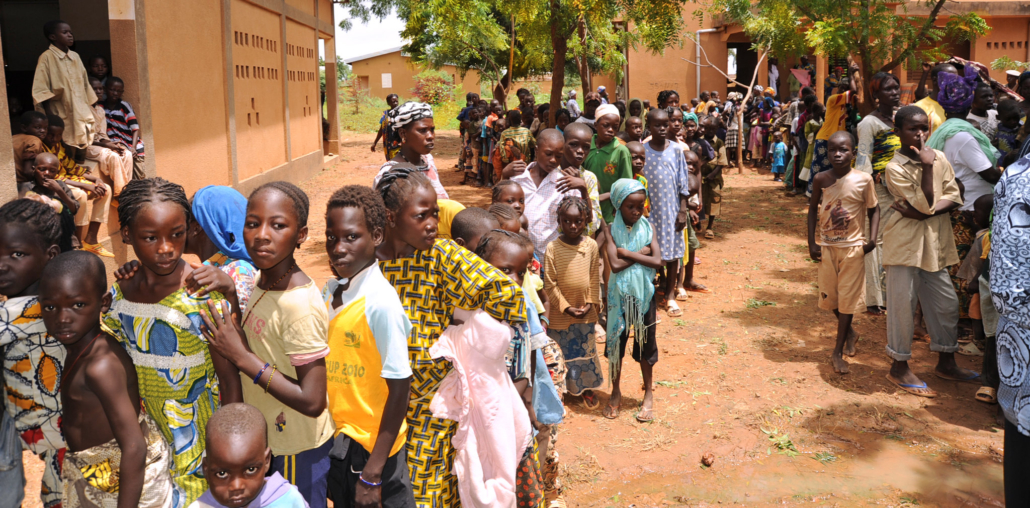
The World Bank has reported that more than 40% of the people in Burkina Faso live in poverty. In general, developed countries have longer life expectancy rates as these nations have higher standards of living, better access to health care and other resources that influence health. Statistics from 2018 place the life expectancy in Burkina Faso at 60 years. According to data from 2019, the top three diseases impacting Burkina Faso are malaria, lower respiratory infections and neonatal disorders. Malnutrition, air pollution and inadequate water, sanitation and hygiene (WASH) facilities made up the top three risk factors that influenced both death and disability in Burkina Faso in 2019.
Top 3 Diseases Impacting Burkina Faso
- Malaria. Malaria, transmitted through the bite of the Anopheles mosquito, is endemic in Burkina Faso — the World Health Organization (WHO) reports that Burkina Faso had 12.4 million malaria cases and more than 29,100 malaria-related deaths in 2020 alone. In 2018, according to the Ministry of Health, malaria caused 66% of deaths among children under 5. Burkina Faso forms part of the 10 sub-Saharan African countries with the highest burdens of malaria, the WHO reports.
- Lower respiratory infections. These types of infections include pneumonia, bronchitis and tuberculosis. Air pollution, common in developing countries, can contribute to lower respiratory infections and overcrowded environments allow for these diseases to spread faster. Specifically, in 2020, the World Bank reported 46 cases of tuberculosis per 100,000 people in Burkina Faso, down from 70 in 2000.
- Neonatal disorders. According to the WHO, most neonatal mortalities occur in developing countries. Furthermore, “neonatal infections are primarily bacterial in origin and include pneumonia, sepsis and meningitis.” UNICEF data indicates that the neonatal mortality rate in Burkina Faso in 2020 stood at 26 deaths per 1,000 live births while the infant mortality rate stood at 53.
Other Diseases Impacting Burkina Faso
Another disease impacting Burkina Faso is HIV/AIDS. In 2021, UNAIDS notes 88,000 HIV infections among adults and children in Burkina Faso. In particular, UNAIDS noted 6,100 HIV cases among children between the ages of 0 and 14. Particular groups are most at risk. In 2017, sex workers had an HIV prevalence rate of 5.4% while the prevalence rate for prisoners stood at 2.2% and 1.9% for men who have sex with men.
Initiatives to Reduce the Impact of Diseases in the Country
The Centers for Disease Control and Prevention (CDC) has partnered with Burkina Faso’s Ministry of Health since as early as 1991. Initially, the CDC provided support to address polio outbreaks across the nation. The CDC then expanded its efforts to cover other diseases preventable through immunization, such as measles and meningitis. The CDC set up an office in Burkina Faso in 2016, “focused on strengthening the country’s ability to prevent, detect and respond to public health threats and to strengthen the country’s capacity in surveillance, laboratory systems, workforce development and emergency management,” a CDC factsheet says.
All in all, the CDC has given 17 million doses of polio vaccines and 2.4 million doses of measles vaccines to children under 5 in Burkina Faso. The CDC has also provided support to immunize more than 12 million Burkinabe people against meningitis. “National diagnostic capacity” across laboratories now allows lab technicians to test for a minimum of 40 pathogens., including “10 priority pathogens.” These priority pathogens include influenza, Mycobacterium tuberculosis and HIV.
The fight against diseases impacting Burkina Faso is one of the country’s priorities. The country has made progress in terms of health, but, continued aid is necessary to further strengthen the healthcare system and implement preventative disease control measures.
– Elena Luisetto
Photo: Flickr

